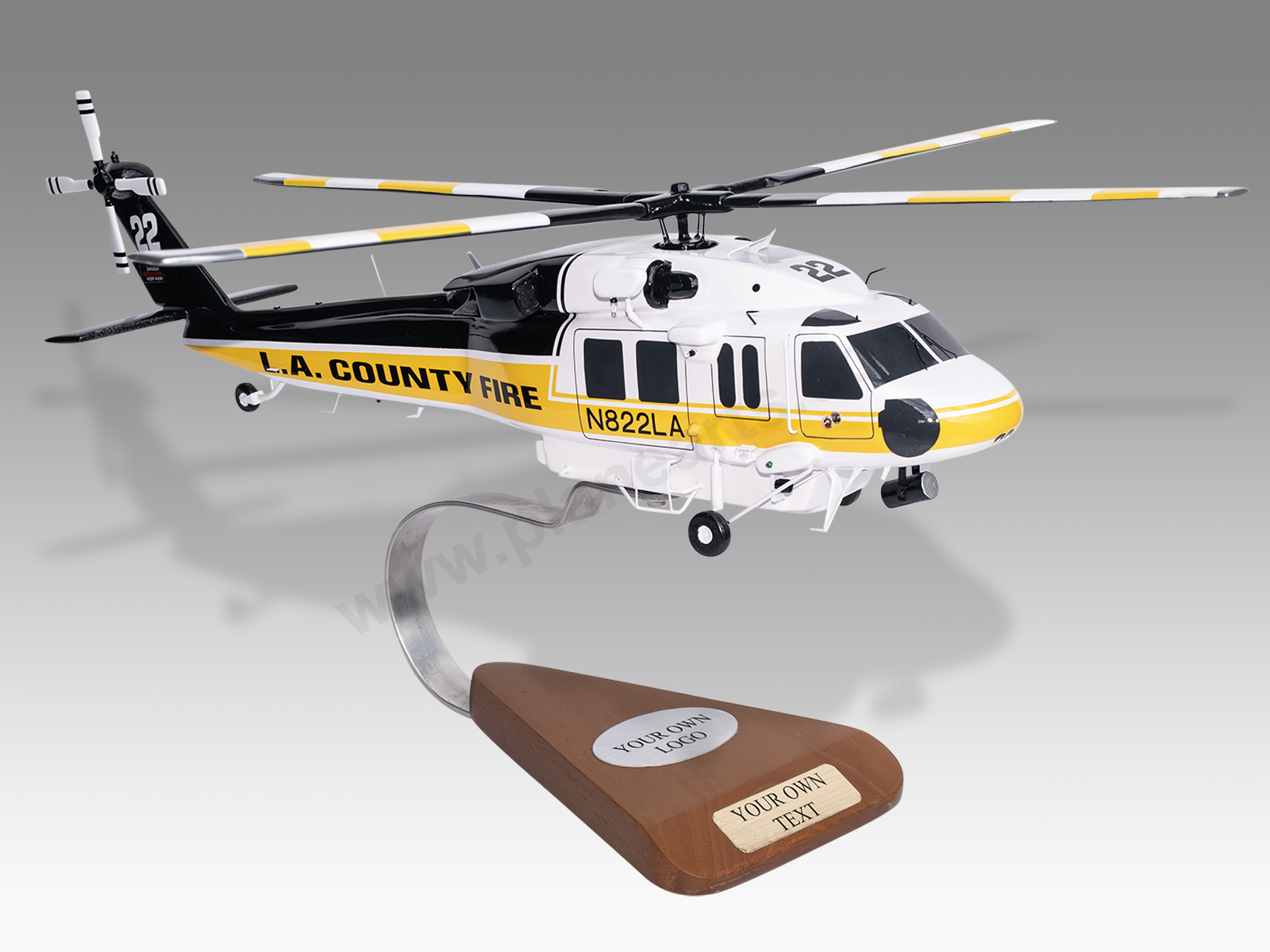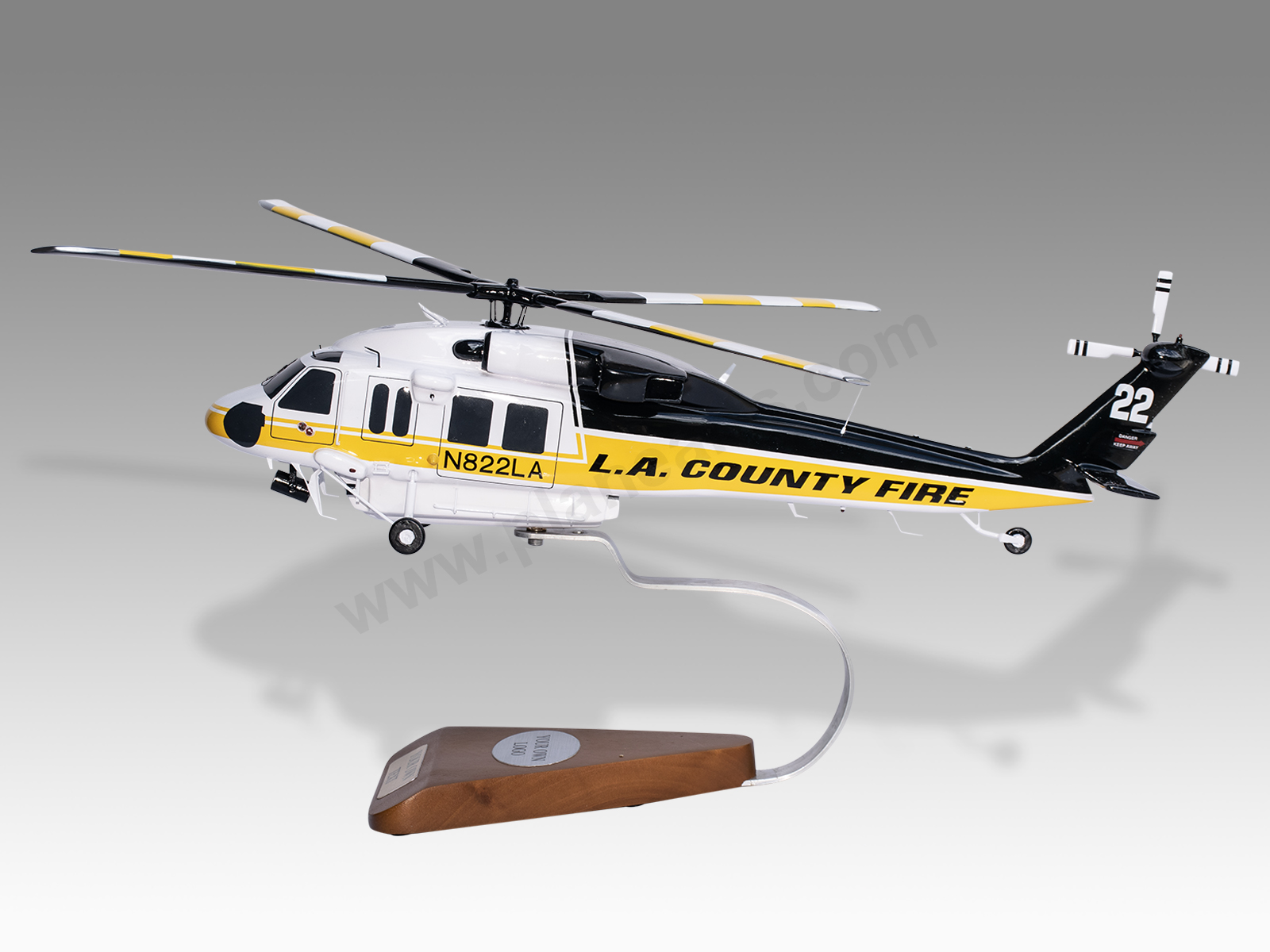High-Performance Multi-Role Rotorcraft Featuring Advanced Cabin Technologies and Integrated Sensing Unit Systems
The world of rotorcraft modern technology has actually seen remarkable developments in recent times, especially in the realm of high-performance multi-role rotorcraft geared up with sophisticated cabin technologies and seamlessly integrated sensing unit systems. These technologies have not just increased the functional capacities of rotorcraft but have also considerably influenced modern air travel procedures on different fronts. From enhanced mission convenience to boosted functional efficiency, the convergence of sophisticated cabin technologies and integrated sensing unit systems has introduced a new era of opportunities for rotorcraft applications. In the following conversation, we will certainly explore the evolution of rotorcraft modern technology, delve into the world of advanced cabin technologies, and analyze the implications of incorporated sensor systems on the functional flexibility and performance of contemporary rotorcraft.
Advancement of Rotorcraft Modern Technology
The advancement of rotorcraft technology has actually been marked by substantial developments in aerodynamics, products, and propulsion systems, forming the abilities and performance of modern-day rotorcraft. Wind resistant improvements have actually enhanced the efficiency and ability to move of rotorcraft, enabling increased speed, dexterity, and stability throughout flight (sikorsky s 70). Technologies in materials, such as making use of composite materials and advanced alloys, have brought about lighter yet more powerful rotorcraft frameworks, improving overall performance and longevity. Furthermore, advancements in propulsion systems, consisting of much more effective engines and cutting-edge propulsion modern technologies, have enabled rotorcraft to achieve higher altitudes, faster speeds, and greater hauls.
These innovations have not only transformed the capacities of rotorcraft yet have actually likewise expanded their applications throughout different industries, including army, industrial, and emergency solutions. The constant development of rotorcraft technology remains to drive innovation in the area, pushing the boundaries of what is feasible and shaping the future of vertical trip.
Advanced Cockpit Innovations
Structure upon the foundational developments in aerodynamics, products, and propulsion systems, the realm of rotorcraft technology now changes emphasis towards introducing Advanced Cabin Innovations. The assimilation of cutting-edge technologies within the cabin setting plays a critical role in improving the functional capacities, security, and performance of contemporary rotorcraft. sikorsky s 70. Advanced Cabin Innovations include a vast range of attributes developed to provide pilots with improved situational recognition, streamlined information administration, and intuitive control user interfaces
One of the vital developments in cockpit layout is the implementation of glass cabins, which change conventional analog assesses with high-resolution screens. These electronic systems provide personalized designs, real-time data integration, and boosted readability, enabling pilots to gain access to vital details at a glance. Moreover, progressed avionics systems, such as fly-by-wire controls and enhanced fact display screens, are changing how pilots engage with the airplane, permitting precise control and improved decision-making abilities.


Including innovative cabin technologies not just improves pilot performance but additionally adds to general mission performance and safety and security in complicated operational environments. By leveraging modern modern technologies within the cockpit, rotorcraft producers are setting brand-new requirements for operational quality and objective success.
Integrated Sensing Unit Systems
With the evolution of rotorcraft technology, the assimilation of advanced Integrated Sensing unit Systems has actually ended up being critical in boosting operational performance and security. These Integrated Sensing unit Solutions encompass a large range of modern technologies that supply vital data for different functions such as navigating, security, targeting, and environmental surveillance. By perfectly incorporating sensors like radars, cams, lidar, and infrared systems into rotorcraft, drivers can profit from improved situational recognition, enhanced objective capabilities, and minimized pilot work.
One secret benefit of Integrated Sensor Equipments is their ability to gather real-time data and offer actionable insights to pilots and goal drivers. Advanced radar systems can find and track targets over long ranges, allowing for early risk discovery and reliable feedback planning. In addition, incorporating electro-optical and infrared electronic cameras enables rotorcraft to perform reconnaissance and surveillance objectives with accuracy and precision.
In essence, the integration of innovative sensing unit modern technologies right into rotorcraft not just improves functional efficiency however also contributes substantially to overall objective success and crew security. As rotorcraft remain to navigate here develop, the function of Integrated Sensing unit Solution will undoubtedly remain at the center of innovation in the aerospace sector.
Functional Adaptability and Effectiveness
Enhancing operational flexibility and efficiency in rotorcraft is an all-natural development from the combination of sophisticated Integrated Sensor Solutions. By leveraging the understandings and information provided by these cutting-edge sensing unit systems, rotorcraft can enhance their performance throughout different objectives and atmospheres.
Operational convenience includes the ability of rotorcraft to adjust to various roles and scenarios effectively. With sophisticated cabin modern technologies and integrated sensing unit systems, rotorcraft can perfectly change in between tasks such as search and rescue, clinical evacuation, security, and much more. This flexibility boosts the rotorcraft's ability to meet varied operational requirements without requiring considerable reconfiguration.
Performance in rotorcraft operations is critical for making the most of mission performance and source usage. Integrated sensing unit systems play a crucial function in enhancing functional performance by giving real-time data on weather problems, terrain mapping, target tracking, and extra. This information allows pilots to make informed choices quickly, optimize flight courses, preserve fuel, and improve total mission efficiency.
Influence On Modern Air Travel Procedures

In addition, the combination of advanced sensing units helps with improved goal planning and implementation, allowing rotorcraft to perform a wide variety of tasks with boosted precision. From search and rescue procedures to airborne firefighting and police objectives, the capabilities of contemporary rotorcraft equipped with innovative cabin innovations and integrated sensing unit systems are unmatched.
Additionally, the effect of these developments expands beyond operational effectiveness to cost-effectiveness and sustainability. By optimizing flight paths, fuel usage, and maintenance routines, high-performance rotorcraft furnished with sophisticated cockpit innovations and sensors add to minimizing functional prices and environmental impact, making them crucial possessions in modern air travel procedures.
Conclusion
In final thought, the high-performance multi-role rotorcraft with sophisticated cabin technologies and integrated sensor systems represents a substantial evolution in aviation innovation. These technologies boost operational versatility and effectiveness, eventually affecting contemporary aeronautics procedures in a favorable means. The assimilation of these innovative technologies permits improved abilities and performance in different objective situations, showcasing the continued improvement of rotorcraft modern technology in the aeronautics sector.
The world of rotorcraft innovation has actually seen remarkable advancements in current times, specifically in the world of high-performance multi-role rotorcraft outfitted with cutting-edge cockpit modern technologies and flawlessly incorporated sensing unit systems. From boosted goal convenience to enhanced operational effectiveness, the convergence of advanced cabin modern technologies and incorporated sensor systems has ushered in a brand-new period of possibilities for rotorcraft applications. In the following conversation, we will certainly check out the evolution of rotorcraft technology, dive into the realm of innovative cabin developments, and check out the effects of incorporated sensing unit systems on the functional flexibility and effectiveness of modern rotorcraft.
